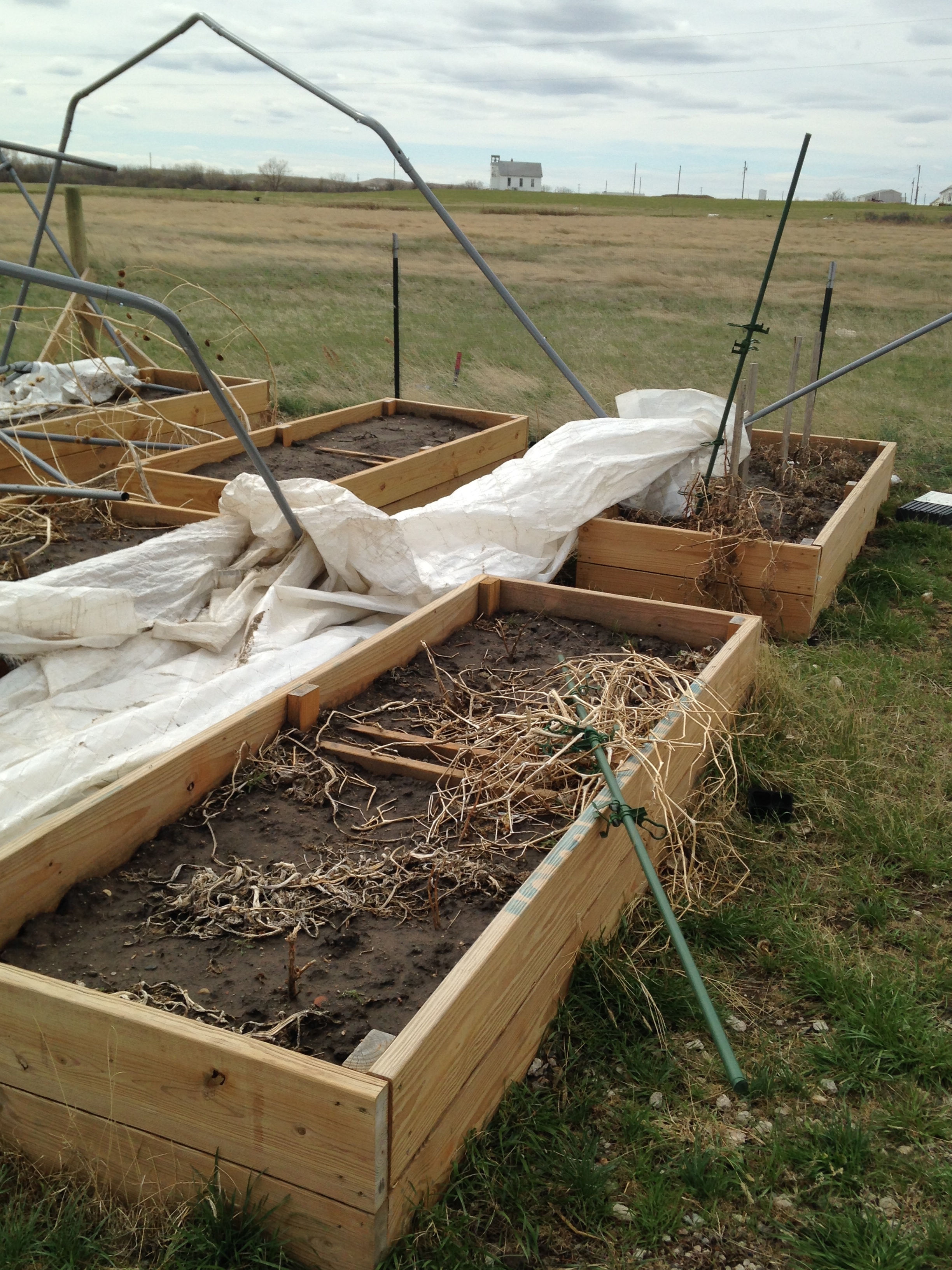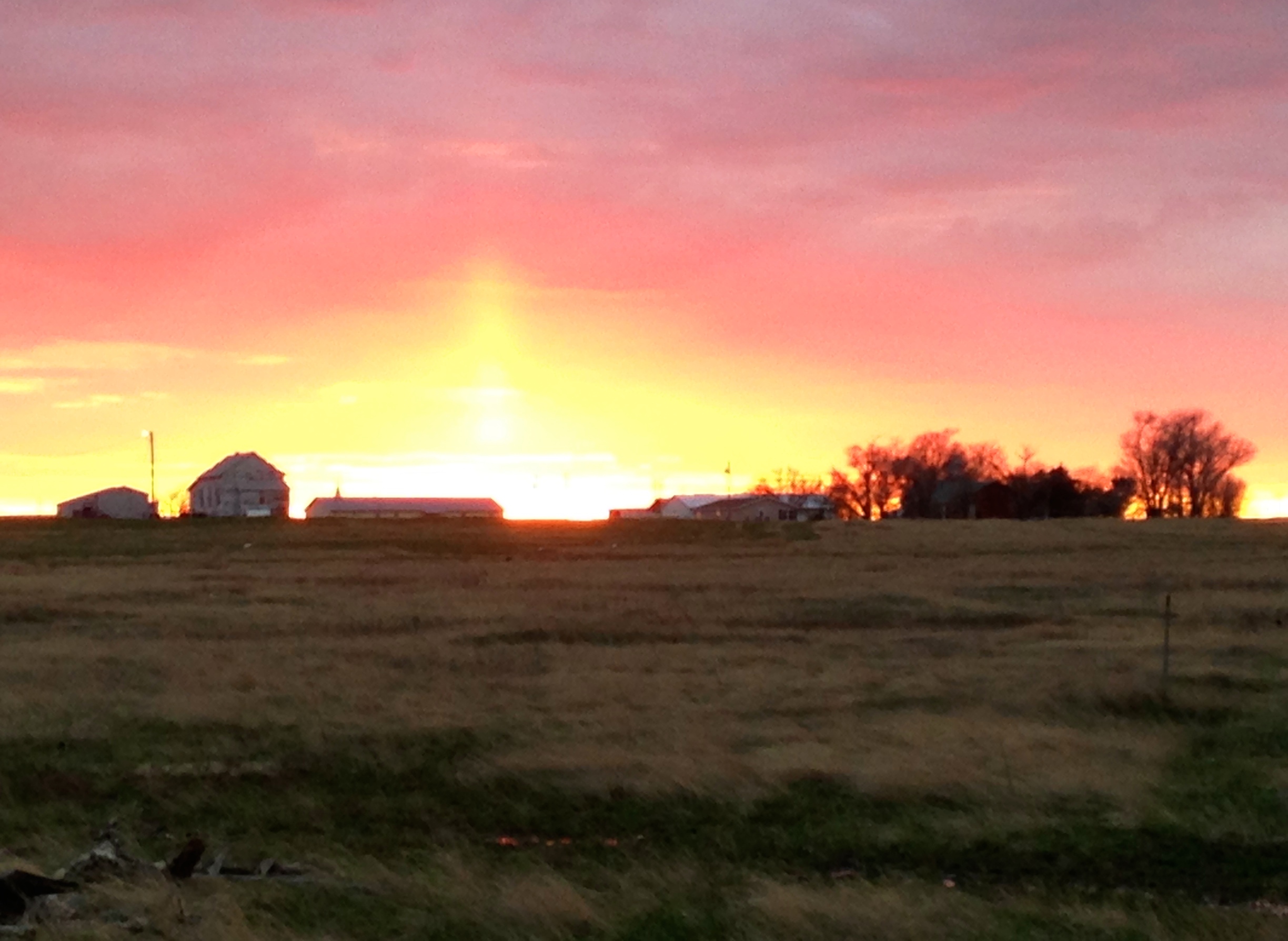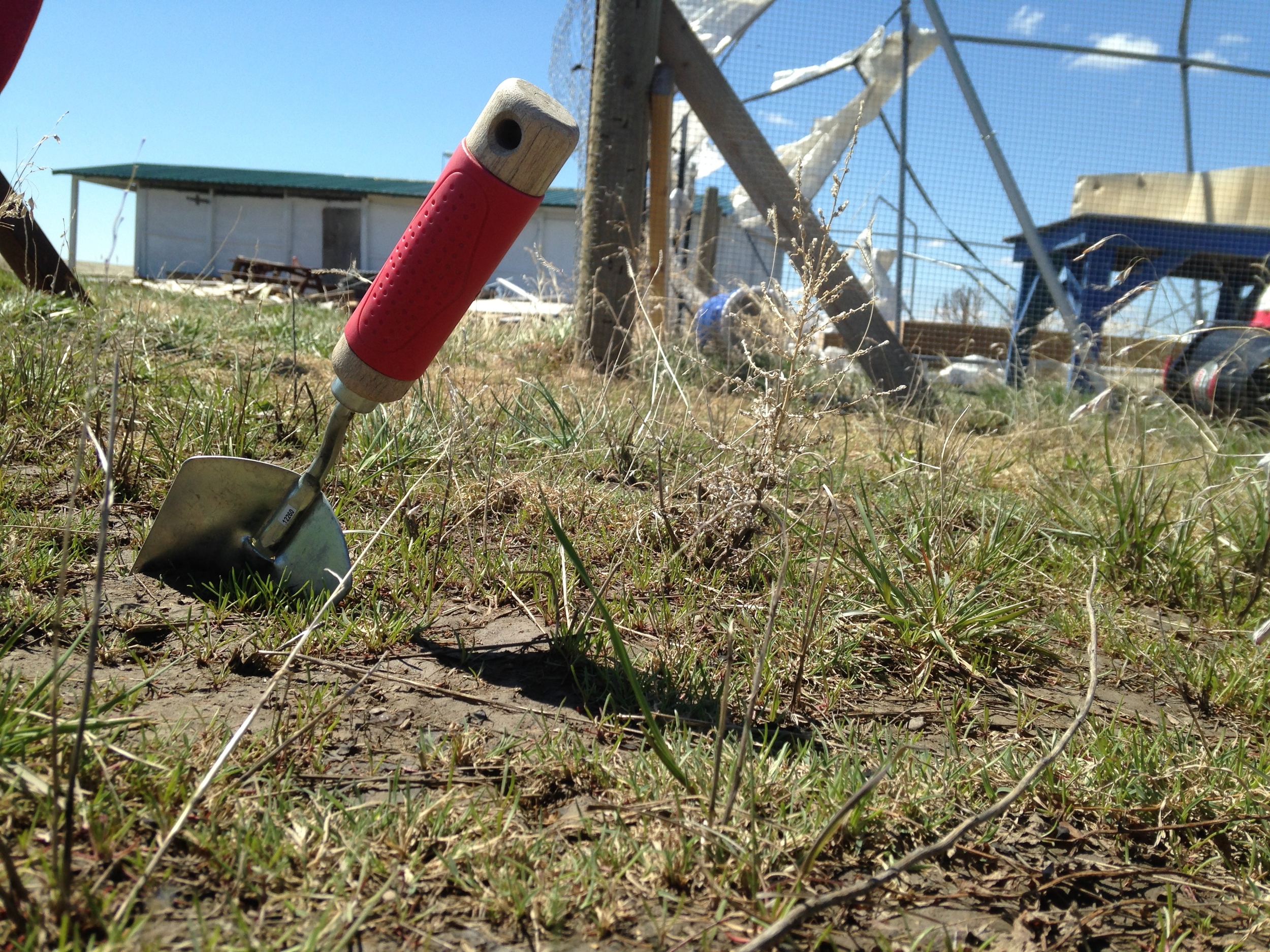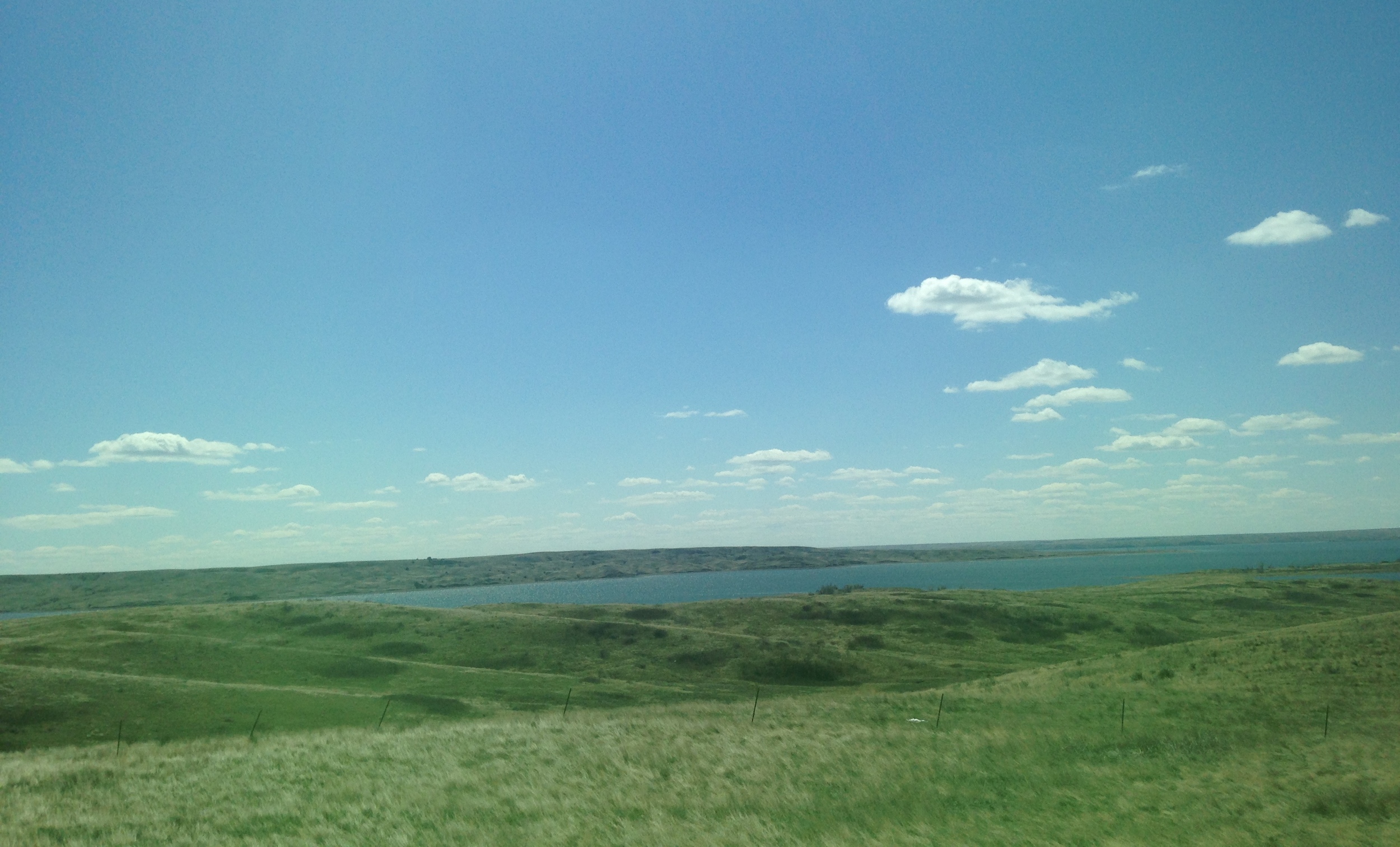The harvest in New England is here, and there's tons of amazing produce coming out of our farm fields and gardens. While there are numerous ways to prepare, cook, preserve, and maximize the bounty, baking with vegetables is a healthful* (*debatable...) way to get even more produce into your diet. If you're headed to a potluck, cooking or baking with kids, or just want a way to have a healthful-ish treat on hand, check out my go-to, simple baking with veggies recipes.
Snapshots from Oaxaca
I just returned from Oaxaca, Mexico, where I worked with volunteers on the new Simply Smiles children’s home, deepened our relationship with individuals who live and work at the Oaxaca City garbage dump, and spent time with the first two children who live at the children’s home to further their education in the city. I also got a chance to reconnect with one of my favorite humans (hey, Gaby!) after not seeing her since July 2015 and witness all the amazing work that she’s been able to implement as the program manager of Simply Smiles’ Mexican operations. There’s been a marked transformation in the facility from my last trip in March to now, which is really cool to see.
Because it was only my second trip to the region, I soaked it all in and had no problem playing tourist. I climbed some of the Zapotec ruins at Monte Albán. No big deal. It’s seriously an incredible place, with structures that force you to wonder how people were able to build such vast, massive structures. We also visited historic downtown Oaxaca, with its colorful buildings, striking cathedrals and museums, vibrant wares and culture. And, of course the food - the food! Lots of avocados, fresh mangos, pineapple, and other non-New England fruits and flavors, quesillo (think of slightly saltier mozzarella cheese, but better), tlayudas (Oaxacan street food - sorta like a quesadilla or a very, very thin crusted pizza, but like 10 times tastier), mole, drinking chocolate (cocoa, crushed almonds, cinnamon, other spices), chapulines (grasshoppers...chill out, they're surprising good and I only ate two with guacamole), and real tacos with pico de gallo and other incredible salsas. I could wax poetic about the food alone, but I’ll spare you. The warm temperatures weren’t bad either. Here’s a glimpse:
(1) (2) Doors of Coyotopec. (3) Life lesson/rules posted at a children’s home: no head stomping. (4) Phoebe the cat. (5) A view from the top of the trash mound. Now, another community has been formed on the other side of the trash mountain. (6) A literal mountain of trash, supported and secured by tire walls. (7) Mezcal, four ways. (8) A rather over the top nativity scene, in honor of Three Kings Day. (9) Chandelier at the Oaxaca Cathedral (the Cathedral of Our Lady of Assumption in the Zócalo. (10) Many peppers and spices at the central market. (11) - (15) Zapotec structures, buildings, and temples at Monte Albán. (16) Up in the mountains at the ruins. (17) Close-up of the wall details at Monte Albán. (18) Agave, etched. (19) Borage. (20) Graffiti (21) loyal Señor Botas (I added the “señor”) (22) Advertisement for agricultural fertilizers (23) Teatro Macedonio de Alaca, an opera house/theater in downtown Oaxaca (24) (25) Displays that are part of the exhibit de la relación entre la tierra y los seres (of the relationship between the earth and the beings) - which, included, of course, a discussion of food and many green growing things - at the Centro Academic y Cultural San Pablo in downtown Oaxaca. (26) patchwork quilt (27) The gilded interior in downtown Oaxaca’s Iglesias de Santo Domingo, a Dominican church, built in 1575 (28) Art made out of different beans serves as the outside arch of a restaurant doorway in downtown Oaxaca.
Oaxaca, Mexico | March 2015
“Though we travel the world over to find the beautiful, we must carry it with us, or we find it not.”
Upon arriving in Oaxaca from the dreary, gray New England, I was immediately struck by the vibrant colors of the southern Mexico state. Although the warmth and food were indeed perks of my trip, I traveled to Oaxaca (pronounced wa-ha-ka) these past few weeks for the first time as part of my job with Simply Smiles. Our programming in Mexico focuses on two distinct areas in Oaxaca - in Coyotopec, a suburb of Oaxaca City, and in the remote jungle community of Santa Maria Tepexipana. In both locations, we lead volunteer groups to help us to carry out our community development programs, which focus on education, food aid, home and infrastructure development, hookworm eradication and medical care. (I encourage you to read more about the efforts of Simply Smiles in Mexico here.)
During my first week in Oaxaca, I had the opportunity to travel to my friend Gaby’s home village of Santa Ana Yareni, where her mother prepared a garden-grown and -raised lunch of soup and tamales (I think this visit may have been the closest living definition of “bucolic” and “picturesque” that I’ve ever experienced.) Other key food moments? During the second week, a family graciously gave us space inside their home so that I could cook meals for a volunteer group in the Santa Maria Tepexipana. Or, when I visited a community that lives and works inside the Oaxaca City dump and ate sandwiches made by a woman who owns a now thriving torta shop inside the dump.
Yet, food was only a small piece of the trip. In graduate school, I’ve learned much about defining your bioregion. Rather than politically defined boundaries and constructs, a bioregion describes an area based on ecological patterns, land formations, and, often, human and animal culture and interactions. This concept may seem abstract, but it really does help to contextualize the areas we call home and the places we visit. The concept of a bioregion has guided much of my thinking, both personally and professionally. My job requires me to spend long periods of time in distinct places, immersing myself in the unique culture and ecology of the region. Oaxaca, for example, is proud of its history, indigenous roots and large populations of Zapotec and Mixtec Indians. But, as Emerson’s quote suggests, to travel with only beauty in mind can do a disservice to the people and place, especially to those individuals who need and deserve a voice.
Sure, I took a lot of pictures of the flowers, animals and landscapes of Oaxaca, but I didn't want to turn the people or place into spectacles. I didn't want the following images and what I took away from my initial trip to the region to fall into the trap of poverty porn, nor try to characterize or define the region - an area the size of New England - as a whole. Yet, the photos posted provide some context into the place of Oaxaca, and the people who allowed me to take their photos (after conversations in broken Spanish and a lot of hand gestures if Zapotec dialects were their native language!). This trip raised very real and challenging issues (i.e., hunger, poverty and privilege) and ones that I'm just beginning to process; but, I also tried to provide snapshots into the more light-hearted and entertaining. As the captions reflect, this is an attempt to begin to share my experience and the stories of the kind, immensely hardworking and overall beautiful people whom I met as a first-time visitor to Oaxaca.
(1) A view of the Oaxacan Mountains from the Simply Smiles Center of Operations, standing from inside our new dormitories (2) Cactus flora (3+4) Downtown, historic Oaxaca (5) Oaxacan mountains, framed (6) Flora in the park (7) Instead of barbed wire, shattered glass serves as an effective - and pretty - barrier on concrete walls (8) Water insecure: safe drinking water must be trucked in (9) Cactus (10) Dona Rosa artisan market, where a woman, Dona Rosa, created unique black pottery from San Bartolo Coyotopec in Oaxaca, celebrated for its shiny finish after firing (11) A mountain view (12) Life in four bottles: milk, Coke, Corona and formaldehyde (13) Tree at the Oaxaca City park (14) Gardens in San José del Pacífico, a town located at 8,000 feet in the Oaxacan mountains (15) Hey, goat (16) Street food in San José del Pacífico (17) Coffee seedlings in Santa Maria Tepexipana, a region that grows incredibly high-quality, organic beans (18) Loncheria, San José del Pacífico (19) A view from the jungle (20) Mescal is the drink of choice in Oaxaca, made from the agave cactus that grows both wild and cultivated (21) Maria Sabina, a shaman of sorts, who is celebrated for finding medicinal mushrooms in San José del Pacífico. Bob Dylan, The Beatles, hippies and expats alike sought Sabina’s “talents” and the town has become known for its medicinal and culinary mushrooms (22) …and the mushroom soup at this restaurant was amazing and magical! (23) My room in the jungle for the night (24+25) PSAs (26) Comedor Jazmin in San José del Pacífico (27) Jungle bananas (28) A schoolgirl in San José del Pacífico (29) Sunglass fashion, San José del Pacífico-style (30) Mexican Chinese food (31) Dog in the Oaxaca dump, which is an entire community of individuals and families who live in work in the dump, sorting through the mountains of trash from the entire city for recyclables (32) Mattress frames serve as fences for many home plots in the city’s dump community (33) A view of the dump community in Oaxaca, from atop a trash pile (34) Santa Ana Yareni, three hours north of Oaxaca City (35) An evening in historic Oaxaca City (36-38) Shots from Santa Ana Yareni (39) Draft animal-powered farm fields on the hillsides and cliffs of Santa Ana Yareni (40) A poised pup in Santa Ana Yareni (41) Up in the clouds in Santa Ana Yareni (42-46) Flora and fauna in Santa Ana Yareni (47) A prominent Catholic church in Santa Ana Yareni (48) Flowers in Santa Ana Yareni (49+50) Housing in Santa Ana Yareni (51) Garden limes (52) An older woman makes her way up the hill in Santa Ana Yareni (53) Cilantro and self-sufficiency (54) Cliff and mountain-side gardens in Santa Ana Yareni (55) En route to the jungle (56) A pooped pup (57) Road-side garden (58) My friend Gaby (in blue) and her family (59) Farmland in Santa Ana Yareni (60) Embracing a tree friend (61) Traditional adobe home (62) Kids in Santa Maria Tepexipana (63) A woman and her child waiting for their food supplies at the Simply Smiles despensa program (64) Alebrijes, or brightly colored folk art sculptures made from wood found in the mountains. On artist said that the shape o the wood determines the creatures he produces (65) Corn husks, used for tamales, animal feed and a fuel source (66) Cocoa pod in the jungle (67) Sunset in Santa Maria Tepexipana (68) Pineapple in Santa Maria Tepexipana (69) A hibiscus gift from a new friend, outside my temporary kitchen window in Santa Maria Tepexipana (70) A couple receives their monthly food supplies as part of the despensa program in Santa Maria Tepexipana (71) Handmade pottery in Coyotopec (72) I had the opportunity to cook in a family’s home for the volunteer group during our second week in the jungle. It was a privilege to be given this space to use, and, as the token white people, we had a lot of visitors. But, it was also uncomfortable cooking large amounts of food for the group and being watched. In this region, people have been known to boil leaves to satisfy their hunger (73) A woman awaits her food supplies as part of the Simply Smiles despensa program in Santa Maria Tepexipana (74) A nursery in Coyotopec
About that time I moved to South Dakota to grow a garden...
After driving across country in a big red bus, my feet are firmly planted in La Plant, South Dakota, a small town on the Cheyenne River Reservation, for almost a week now. It's where I'll be calling home for the next five months. The town is located just west of Missouri River, among rolling hills of prairie grasses, wide open skies and the occasional buffalo that dots the landscape. It's also an area of extreme poverty, staggering unemployment and immense food insecurity.
I had the opportunity to visit the area in August and will now be working on food and garden projects as part of my role with Simply Smiles. The trip subsequently changed the course of my academic and professional careers. I'm excited to confront the myriad of ethical and logistical challenges ahead (i.e. how does a white, vegetarian, non-Lakota chick from the East Coast know anything about growing in "gumbo" soils and in an area that is not historically known for domesticated crops?). I'm also looking forward to immersing myself in issues of food sovereignty, justice, politics and indigenous rights, and the chance to learn from community members.
If you're interested in this journey, stay tuned here (and on the Simply Smiles blog) to read posts on and view photos of the latest on the food project in La Plant and the beginning of what, I hope, will be a food REZolution.





(1) Clay, "gumbo" soils of the region during the rainy season. (2) The wind-whipped remnants of the raised bed garden and temporary high tunnel structures. (3) A South Dakota sunset. (4) Almost shovel-ready. (5) A view of the Missouri River.
Diggin' in
“Find your place on the planet. Dig in, and take responsibility from there.”
Living and working on farms has allowed me the chance to discover and recognize the concept of place. By appreciating my surroundings, working with plants and witnessing seasonal cycles, I feel rooted.
Have I said how awesome my job is?! Just to rub it in a little more, here's a few shots from the last few days:













































































































